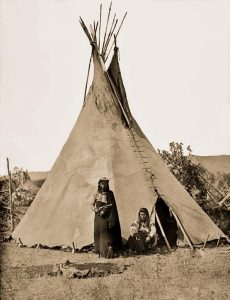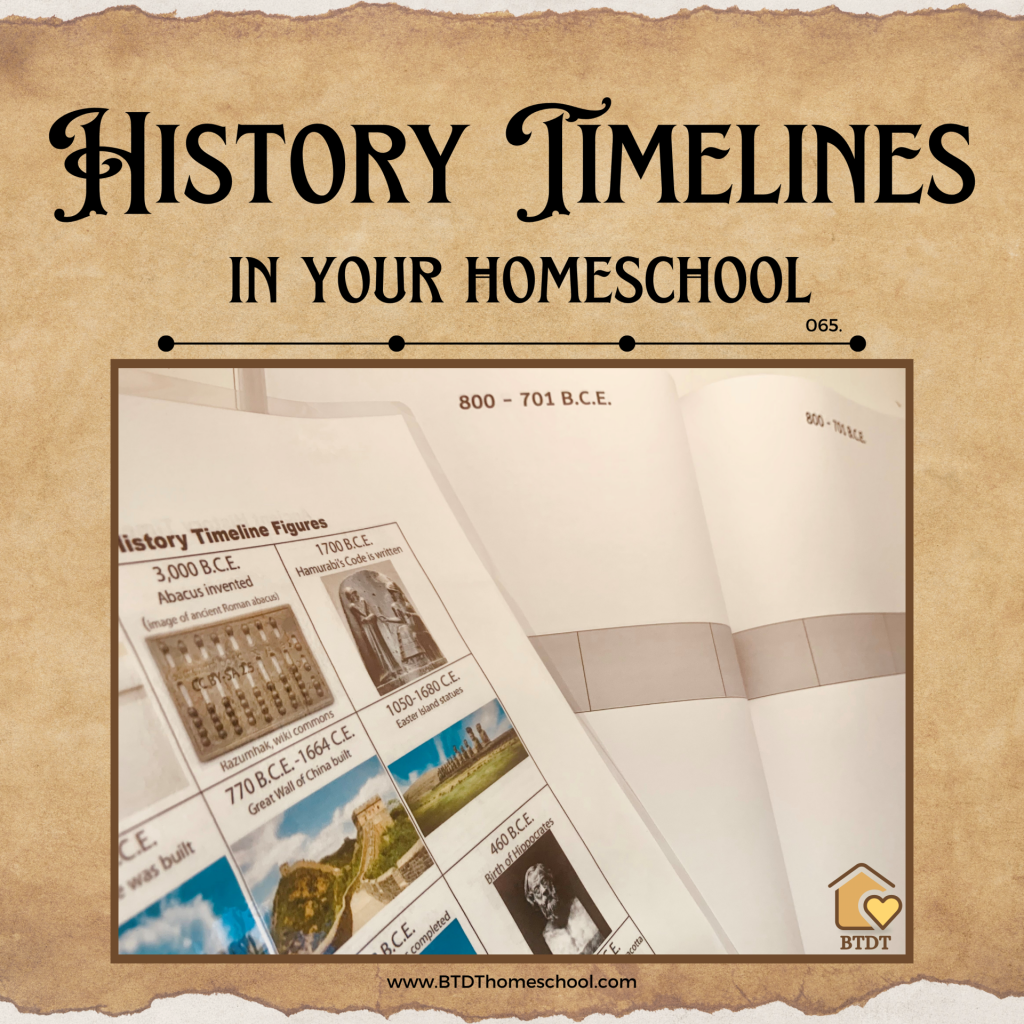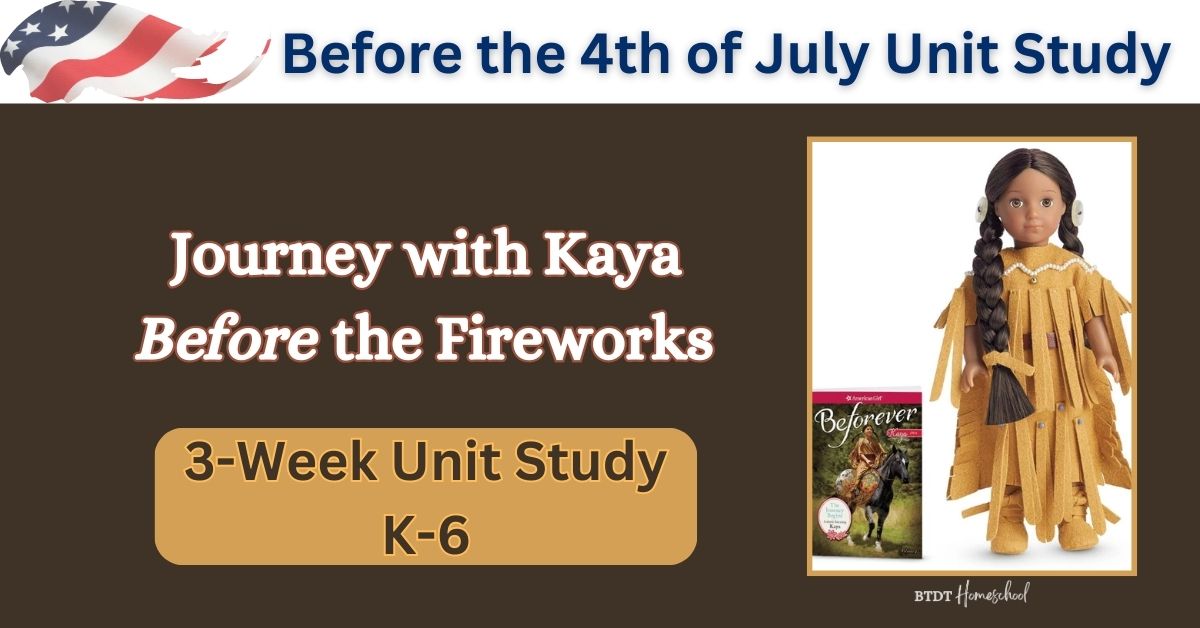
This 3-week Unit Study is an American Girl history exploration with Kaya to help your child understand what it was like to live as a Native American in the 1700’s.
As we gather to celebrate the Fourth of July, it’s crucial to recognize that the roots of this significant occasion extend far beyond the year 1776 when the colonists declared their independence. The land we now call America was and continues to be inhabited by a remarkable and diverse array of Indigenous peoples, whose vibrant cultures and deep connections to the land shaped the very fabric of this nation. Within this context, we embark on a captivating journey with Kaya, an extraordinary American Girl doll who represents the rich tapestry of Native American heritage.

Kaya stands as a unique figure among the American Girl dolls, as she embodies the spirit and resilience of the Indigenous peoples who inhabited this land long before European settlers arrived. As we explore Kaya’s life, it’s important to remember that the sight of a European person in her world would have been an unexpected and unfamiliar encounter. Through the exploration of her story, we gain a profound understanding of the profound influence Indigenous cultures have had on America’s history and identity.
Throughout this homeschool unit study, we will begin on an enlightening adventure, honoring the legacy of the Indigenous peoples while celebrating the significance of the Fourth of July. We will discover the intricacies of Kaya’s life and the astonishing diversity of Indigenous cultures that thrived and continue to thrive across this vast land. By understanding and appreciating the Indigenous heritage that predates the birth of the United States, we deepen our connection to the collective narrative that shaped this nation.
Join us as we journey through the pages of history, weaving together the stories of Indigenous peoples, the struggles for freedom, and the rich cultural tapestry that makes America truly unique.
START HERE:
Begin to read Kaya: An American Girl: 1764:

You don’t need to complete all the books before beginning this unit study. Read 1-2 chapters a day to your children. There’s a good chance they may love them so much that they want to keep reading all the way through the 8-book set. This set will take you and your children on an incredible journey through history as you explore Kaya’s life and learn about elements of Nez Perce customs and language.
Incorporate Play:
The narrative of the story immerses readers in Kaya’s character, providing an authentic depiction of her Native American culture in the year 1764. As the story unfolds, Kaya undergoes significant personal growth, evolving into a compassionate individual who gains wisdom from her errors. Her cherished horse assumes a vital role, symbolizing an inseparable bond with Kaya’s existence. Ultimately, “Meet Kaya” imparts a valuable lesson about transcending youthful arrogance and discovering redemption through acts of selflessness. The very source of pride, embodied by the swift and magnificent horse, becomes the catalyst for a remarkable rescue.
Week 1
- Map: Mark Kaya’s home on the map. Explain that, unlike later girls, we don’t know exactly where Kaya lived. In fact, she probably didn’t have homes in the traditional sense, since the Nez Perce were a nomadic people who moved around to follow hunting opportunities. Explore an interactive map of Native American tribes across the United States.
- Timeline: Find 1764, as well as 1754, the year Kaya was born and record in the Book of Centuries. Check out the internet to find other events happening in America at about that time and record those too. The most significant of these for Kaya would have been more and more European settlers coming to the Northwest. Discover important events in Native American history on this timeline and record them in your Book of Centuries to help gain perspective of these events.
- Craft: Choose a craft to work on while you’re studying Kaya. Consider either a leather craft or beading, both of which would have been popular among the Nez Perce. Remind your child that beads would have been very valuable and obtained by trading with European settlers. So much of the beautiful beading was so intricate and may be difficult for your young child. This natural clay bead kit would be a good alternative for young hands.
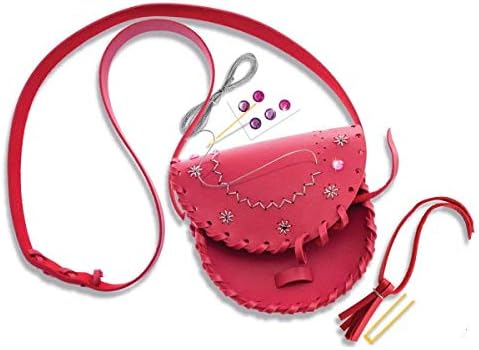
BTDT Homeschool was created with a heartfelt mission: to empower and give back to the secular homeschool community.
Through our informative podcasts, blog posts, daily inspiration, and a wide range of free printable tools, we aim to empower you on your homeschooling journey.
New to Homeschooling>>>

Week 2
- Introduce the Founding Fathers, the Founding Mothers, and their contributions. Remind your child that Kaya would not have heard of these people.
- Explore and Learn about the Lewis and Clark Expedition from an Indigenous perspective. Remind your child that Kaya may have heard of Lewis and Clark, who came through the Northwest when Kaya was much older. Go outside and explore and teach your child to respect the natural world they encounter.
- Native Nations: Explore this map and all the Native American Nations that were encountered on the Lewis and Clark expedition.
- Act It Out: Have your children choose a scene or event from one of the books to act it out together.
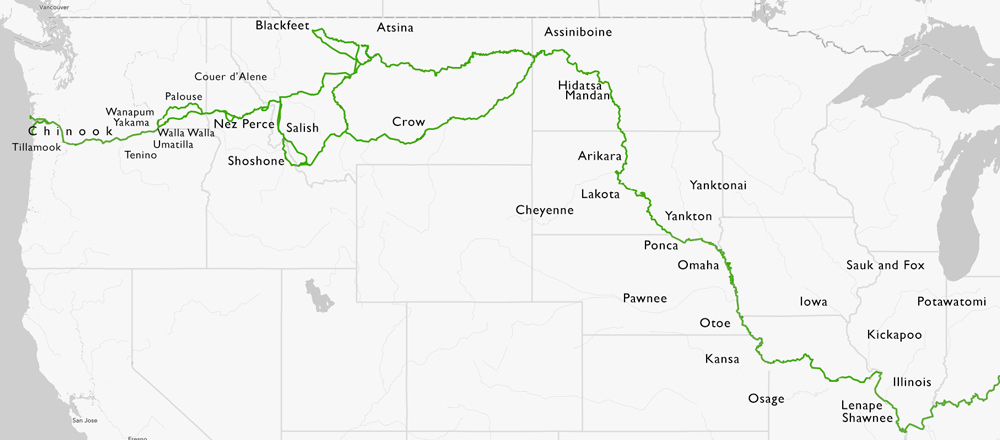
Week 3
- Animals: Animals were a very important part of Kaya’s life. Have you child consider how the life of your pet is different from the animals in Kaya’s tribe. Learn about the unique relationship between Native Americans and their animal counterparts.
- Video: Watch this 2 min YouTube video on How Appaloosa Horses Keep Nez Perce Traditions Alive. See their horses and meet a a Nez Perce Family and see their traditional clothing and the pride of a young girl wearing her great grandmother’s dress.
- Nez Perce Today: Learn more about the Nez Perce Tribe and the Nimiipuu people that live in north-central Idaho with more that 3,500 citizens.
- Learn More: Visit The Nex Perce Museum in person or on their website and learn more about the objects they made and used over the past 10,000 years. Basketry, beadwork, ceremonials, toolmaking, language, their daily rhythms and cycles and how they were attuned to the land, and more!
Nez Perce Dugout Canoe and Tipi

